JKPSC KAS Mains 2022 Anthropology Paper 2:
INSTRUCTIONS
Please read each of the following instructions carefully before attempting the paper.
(i) There are eight questions divided in two Sections and printed in English. Candidate has to attempt Five questions in All. Questions No. 1 and 5 are compulsory and out of the remaining, any Three are to be attempted choosing at least One question from each Section. The number of marks carried by a Question/Part is indicated against it. Answers must be written in English in Question-Cum-Answer (QCA) Booklet in the space provided.
(ii) Your answer should be precise and coherent.
(iii) If you encounter any typographical error, please read it as it appears in the text book.
(iv) Candidates are in their own interest advised to go through the general instructions on the back side of the title page of the Answer Script for strict adherence.
(v) No continuation sheets shall be provided to any candidate under any circumstances.
(vi) No blank page be left in between answer to various questions.
SECTION- A
1. Write notes on the following in about 150 words each. (5 x 10 = 50)
(a) Ramapithecus.
(b) Mon-Khmer Languages.
(c) Robert Bruce Foote.
(d) Impact of Buddhism on Indian Society.
(e) Indian Mesolithic rock Art.
2. (a) Describe salient features of Indian Neolithic Age. Highlight findings from Chirand and Daojali Halding. (20)
(b) What is Purushartha? What is the contemporary relevance of Purushartha? (15)
(c) Describe the hurdles faced in the implementation of the Forest Rights Act 2006. What steps the government has taken to resolve them? (15)
3. (a) What is the impact of Islam on the Scheduled tribes? Explain its difference from other types of religious transformations. (20)
(b) Discuss Verrier Elwin’s contributions towards understanding of tribal culture and its relevance in contemporary context. (15)
(c) Who are the P.V.T.G.s? Describe geographical distribution and cultural characteristics among the P.V.T.G.s. (15)
4. (a) How does the concept of Little and Great Traditions help in understanding Indian villages? (20)
(b) Explain the existence of urban villages in the context of metropolitan cities in India. (15)
(c) Critically compare ‘Affirmative Action’ and ‘Protective Discrimination’ for scheduled Tribes in India. (15)
SECTION- B
5. Write notes on the following in about 150 words each. (5 x 10 = 50)
(a) Gandhi and Tribes.
(b) Rina and Rebirth.
(c) B. H. Baden Powell.
(d) Parsis in India.
(e) Ethno-Archaeology.
6. (a) Critically explain the contemporary relevance of Mckim Marriot’s conceptual categories to explain civilisational change in India. (20)
(b) Describe the George Abraham Grierson’s classification of Indian Languages. (15)
(c) Describe the salient features of the PESA Act of 1996 and attempt a comparison with the features of VI Schedule. (15)
7. (a) Critically examine the impacts of outside contact on the Jarawas and Great Andamanese. What approach do you recommend for the Sentinelese?
(b) Delineate the constitutional measures to ensure autonomy to tribes in northeast India and why are these safeguards important. (15)
(c) Comment on the presence of Negrito elements in Indian population. (15)
8. (a) Describe with suitable examples the merits and demerits of ‘ethnic identity based politics among the tribal communities of eastern India. (20)
(b) Tribal groups are particularly vulnerable to bonded labour, strict enforcement is needed to prevent exploitation. In this context, what are the measures adopted by the Central and State governments to solve these problems. (15)
(c) Foreign Contribution Regulation Act (FCRA) guidelines to NGO’s have been criticized for interfering with developmental process in Tribal heartland. Comment on the role of NGO’s in tribal development. (15)
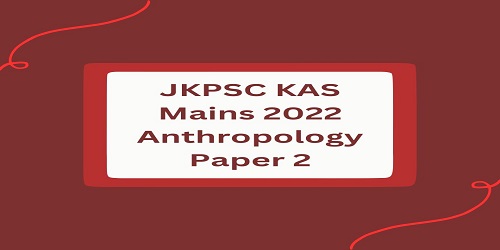
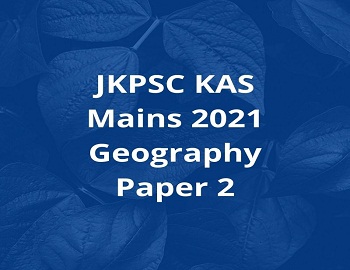


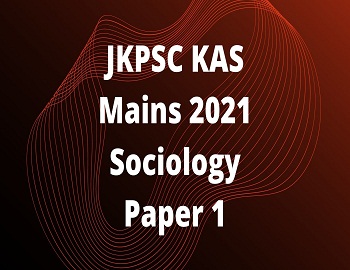

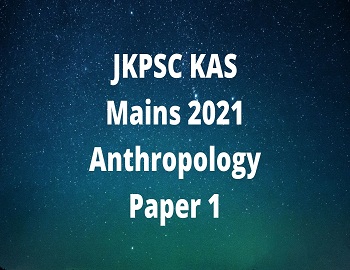
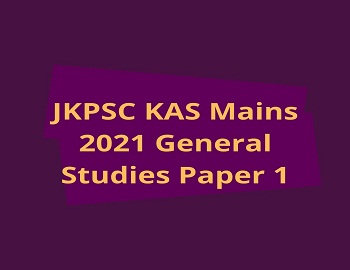

Comments (No)